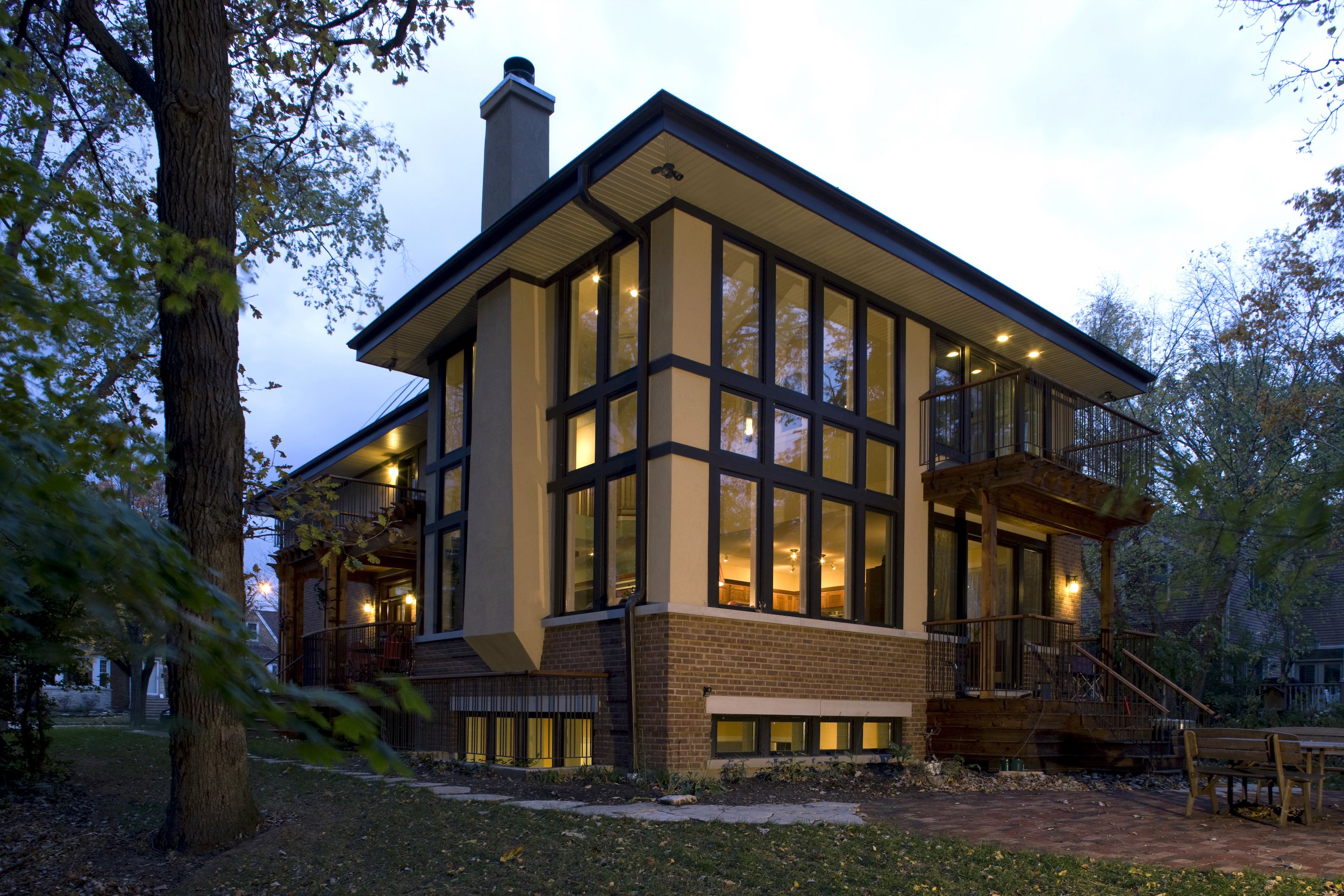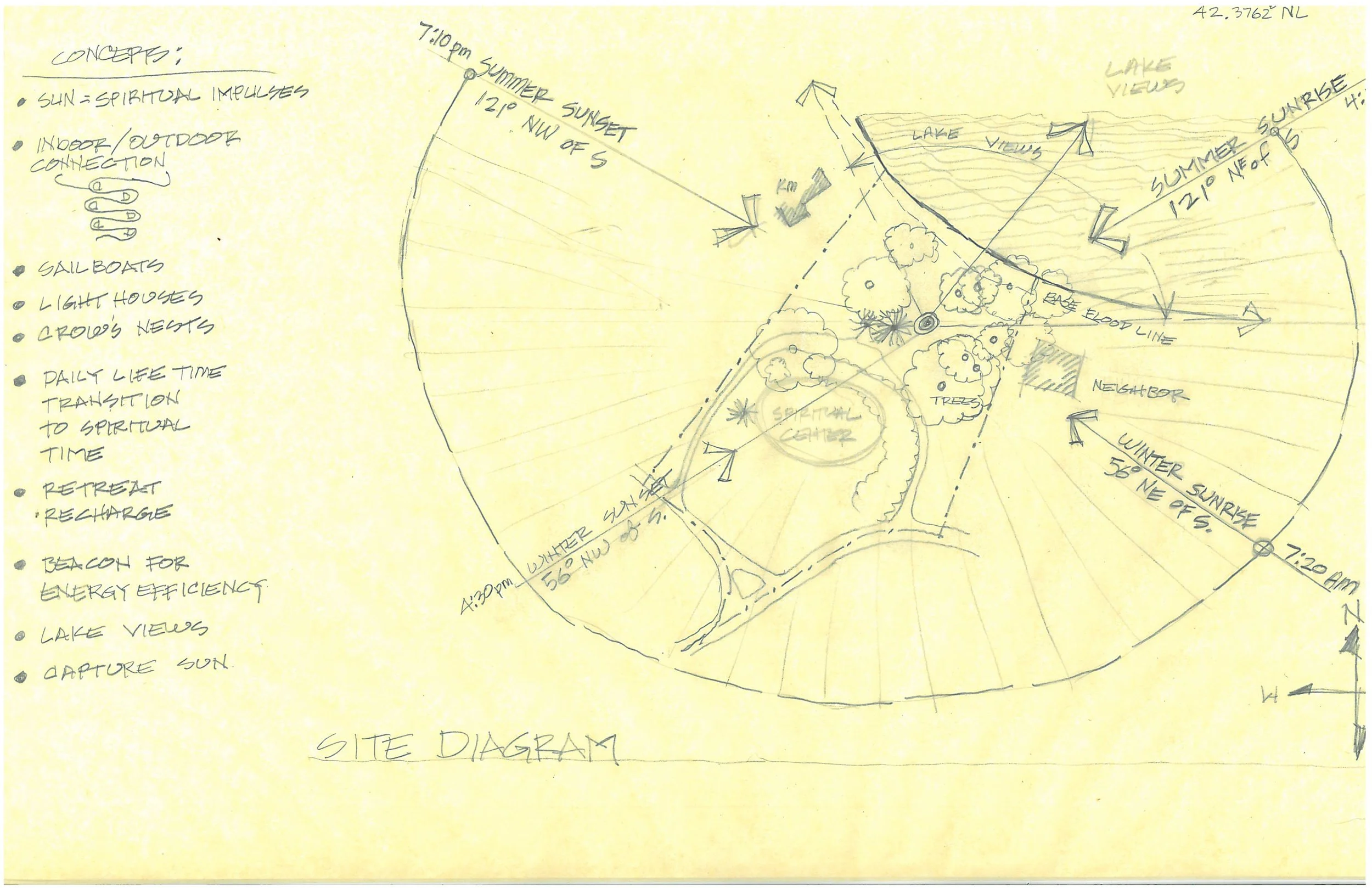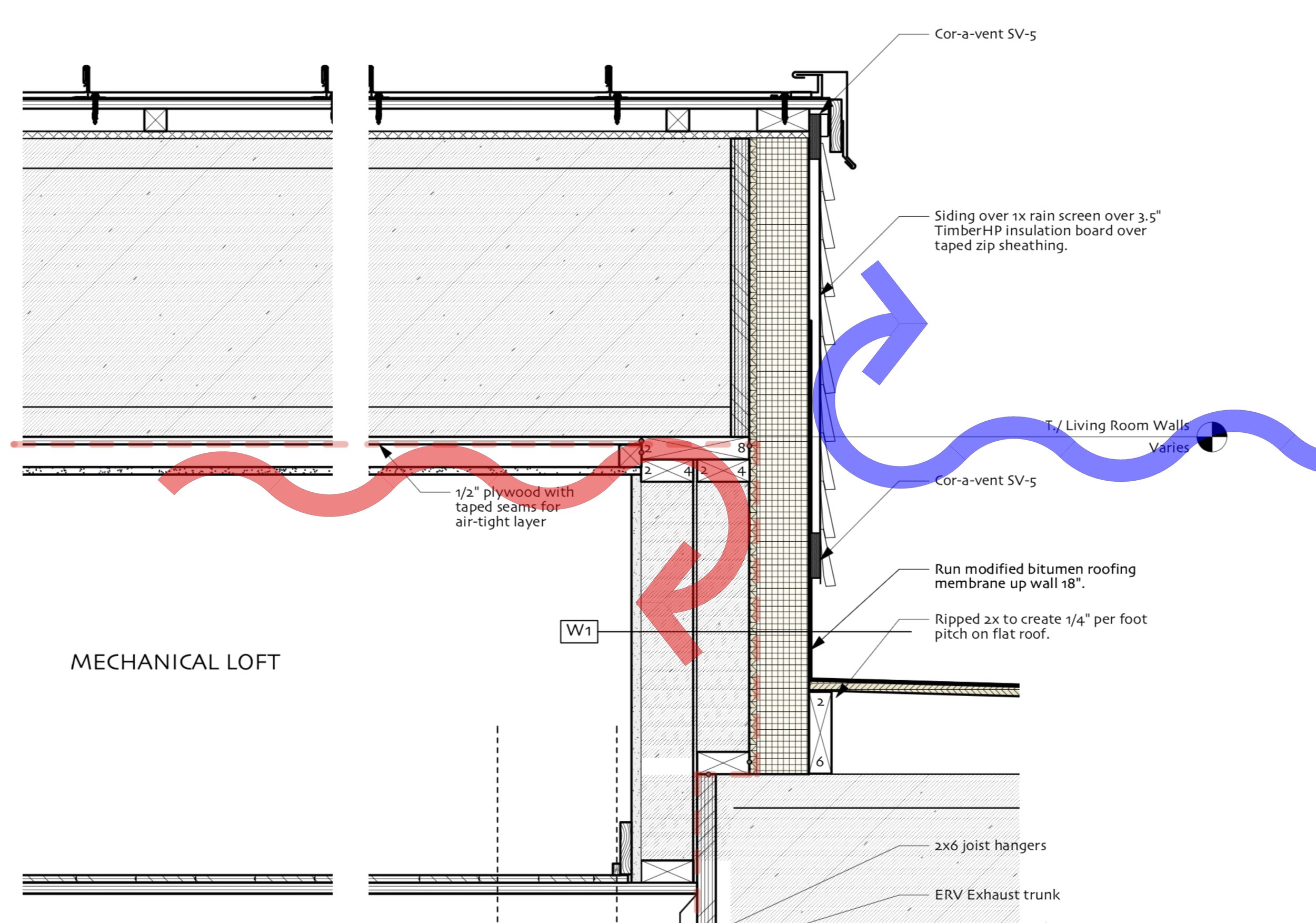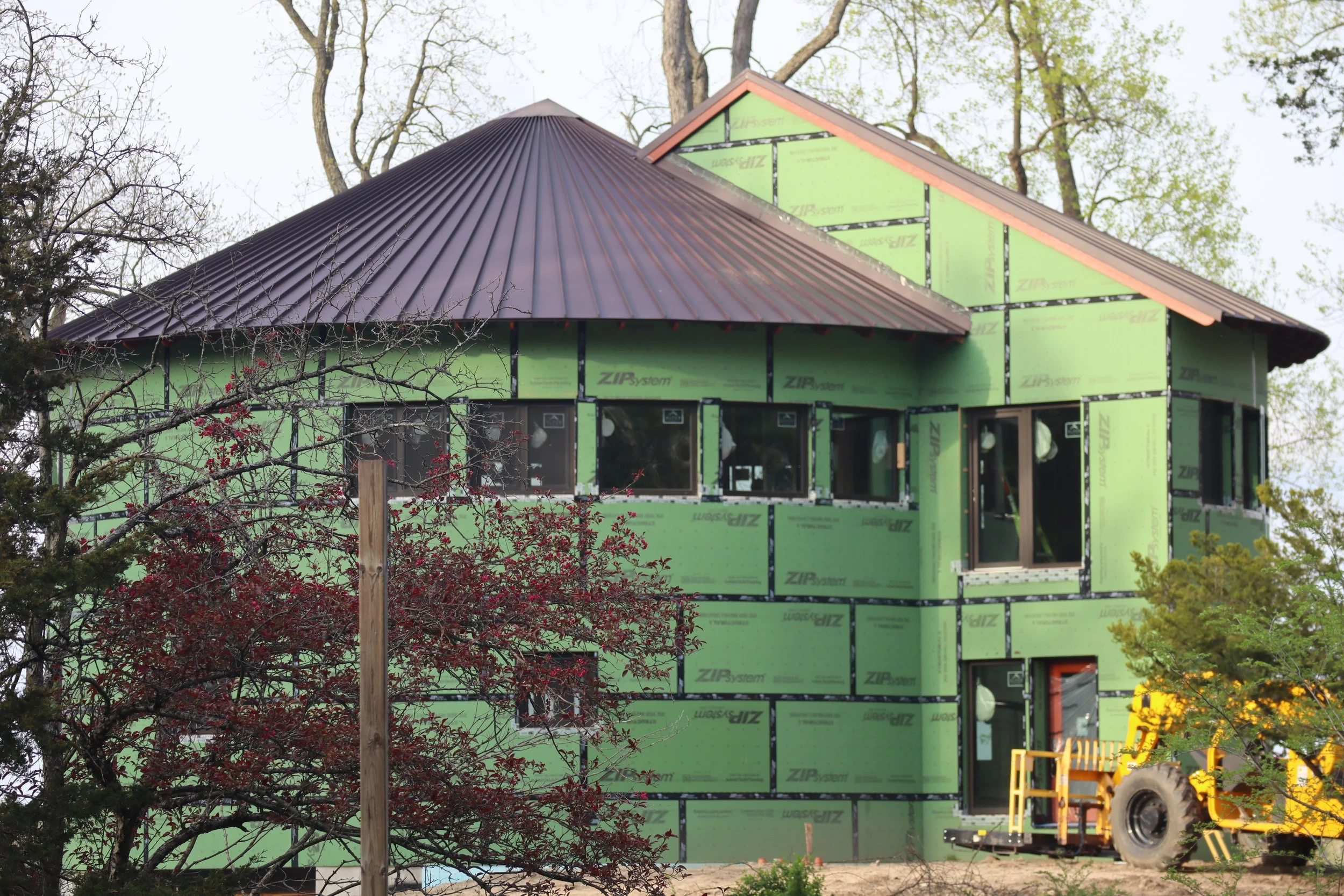
Techniques
Strategic Design
Energy efficiency is looked at holistically all throughout the decisions made through the design process: making efficient sizing of floor areas; keeping volumes compact; minimizing plumbing and duct runs to using the latest building science software to maximize efficiency by finding the best balance between all the home’s systems and components.
Site Specific Data
Critical to performance is the ability to understand the specific climatic data of your site throughout the year and understand how this influences the design of the structures systems. Strategic orientation of the windows can maximize or minimize solar gain and shading. PH theory minimizes the surface area to interior volume ratio, favoring an efficient shape key to minimizing energy losses.
Super-Insulated Envelope
“If you can keep the heating/cooling you produce in your home, you won’t have to keep replenishing it.” This is the mantra of PH. To keep the conditioned air in, wall assemblies require greater insulation values to stop your conditioned air from leaving. Walls are typically twice as thick as todays standard code construction, for very good reason.
HP Windows & Doors
The weak link of a home’s envelope are the doors and windows. PH places significant emphasis on specifying high performance windows and doors to address this weak point in home design. Most windows meeting the PH criteria contain triple insulated glazing, with non-conductive multi-chamber insulated frames. Multi-Lockable european style “tilt & turn” casements and multi-gasketed french doors perform better than standard sliding units.
Thermal Bridge Free Detailing
Another huge weak point in standard US building envelope construction are “thermal bridges”. These are disruptions in the insulation layer usually caused by structural members and utility penetrations to the exterior wall, creating an invisible pathway for outside thermal energy to “un-do” the interior air temperature we paid good money to condition . PH design attempts to eliminate thermal bridges via mindful architectural detailing and favoring continuous insulation techniques.
Air-tight & diffusion open
Any one who has been in an older “drafty” home understands how stopping unconditioned air from squeezing to the inside, effects comfort and the efficiency of the mechanical system. PH takes great care in designing, constructing and testing the envelope for an industry best minimal amount of air leakage. Blower door testing is a main technique in assuring high performance. Walls are virtually air tight. By understanding the normal physics of moisture vapor, strategic design allows assemblies to dry out when needed, providing an excellent strategy and peace-of-mind in not allowing the growth of mold.
Energy Recovery Ventilation
The “lungs” of a Passive House come from a box called a energy recovery ventilator (ERV or HRV). It provides a constant supply of tempered, filtered fresh air 24/7 and saves money by “recycling” indoor energy. This is achieved as the heat from outgoing stale air is “transferred” to the unconditioned incoming fresh air, and filtering it. It provides the most superior indoor air quality and consistent comfort, monitoring CO2 and VOC levels. Especially helpful for people hyper sensitive to material off-gassing, allergens and other air-borne irritants.
PH Minimizes $ystems
One of the best benefits to implementing PH design is the high performance insulated shell. This allows owners to shrink mechanical systems, because less conditioning is needed annually. Passive solar gains, plus heat from occupants and appliances supply much of the needed heat. Supplemental conditioning typically comes from efficient air-source heat pump(s). Incorporating PH puts a project easier within reach for achieving true “Net Zero” performance (the building generates as much energy as it consumes over the course of a year), minimizing the size of a project’s PV solar costs or other renewable energy system(s).







